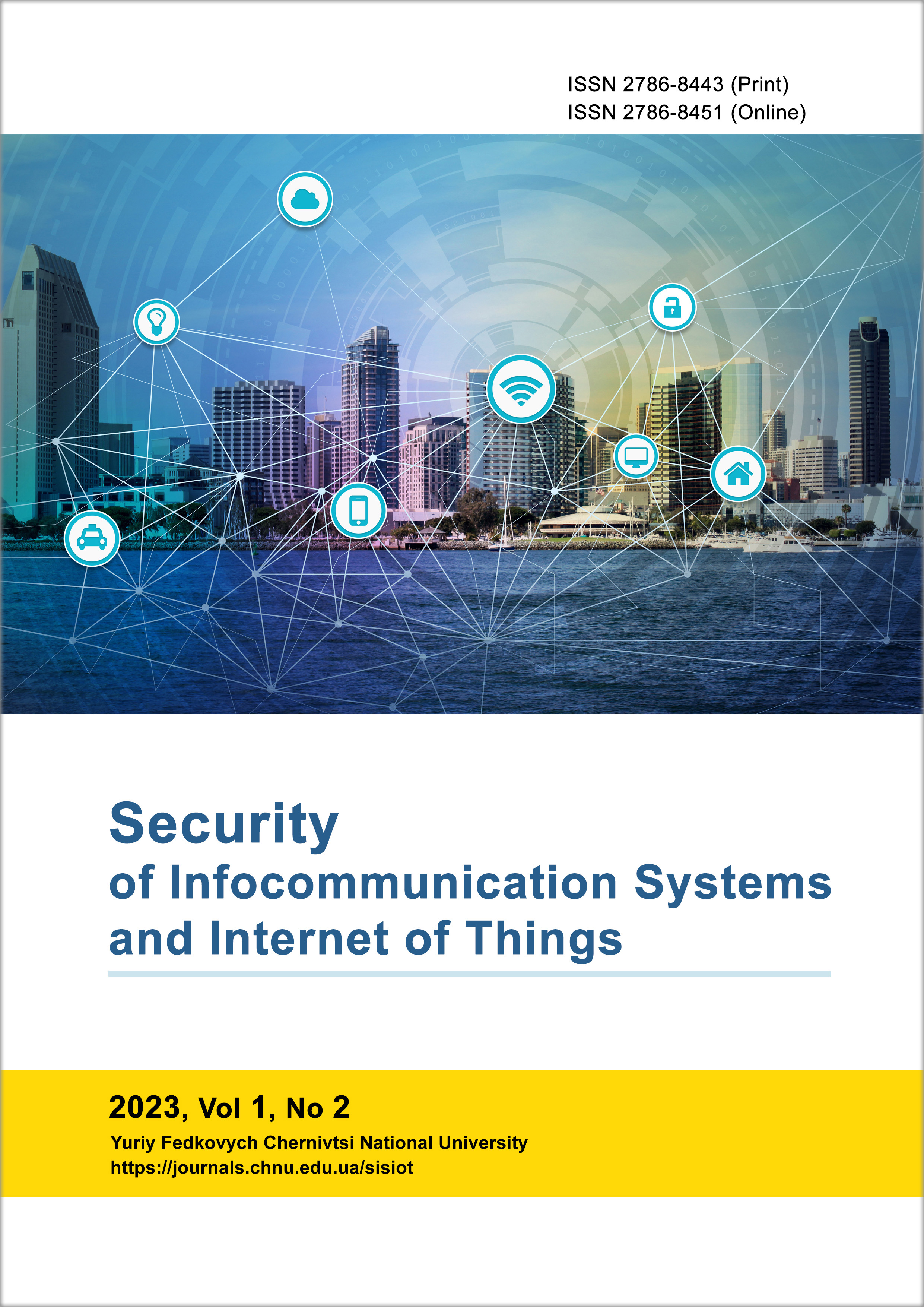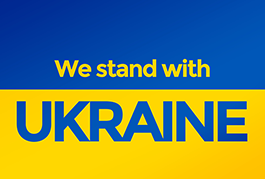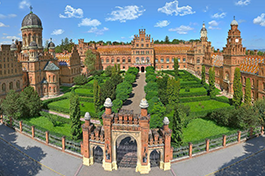Expert System for Supporting the Construction of Three-Dimensional Models of Objects by the Photogrammetry Method
DOI:
https://doi.org/10.31861/sisiot2023.2.02005Keywords:
expert system, CLIPS, 3D model, photogrammetry, 3DF ZephyrAbstract
The task of building high-quality three-dimensional (3D) models of objects is relevant, since such 3D models are widely used in various fields of science, technology and medicine. In this work, the construction of 3D models is performed by the photogrammetry method, which consists in the construction of a 3D model of an object based on a series of its photographs. The advantages of the photogrammetry method are low hardware requirements and relatively high accuracy. To build 3D models of objects by photogrammetry, the 3DF Zephyr program was used, which contains a set of tools for pre-processing images, reconstructing 3D models, editing and measuring the dimensions of 3D models, and exporting the obtained models. The principles of building three-dimensional models of objects by the method of photogrammetry based on initial images are considered. The main stages of building 3D models are described: calculation of sparse point cloud, key points, dense point cloud, polygon grid, texture grid. Model parameters are also edited and analyzed. An expert system was developed in the CLIPS environment to select the correct modes for building a 3D model. The knowledge base of the expert system contains production rules that allow you to establish the correct modes of building a 3D model based on the initial facts. 30 facts-conditions have been developed that describe the conditions for building a three-dimensional model. 20 facts-consequences and 15 facts-recommendations for building a 3D model have been developed. Using the developed rules, 36 production rules were built. Experimental verification of the developed system was carried out. Three-dimensional models of objects were built using the 3DF Zephyr program. After entering the facts that describe the process of obtaining the model into the expert system, a number of recommendations were obtained, in particular, to increase the area of textured surfaces and use uniform lighting of objects. After following these recommendations, the model was built with satisfactory accuracy.
Downloads
References
Unity. Real-Time 3D Tools and more. [Online]. Available: https://unity.com.
D Image Reconstruction from Multi-View Stereo. [Online]. Available: https://medium.com/@satya15july_11937
DF Zephyr. The Complete Photogrammetry Solution. [Online]. Available: https://www.3dflow.net.
R. Gonzalez, and R. Woods, Digital image processing. 4th edidion. Pearson/ Prentice Hall, NY, 2018.
S. Palani, Principles of Digital Signal Processing. Springer Cham., 2022.
K. Kargin, Computer Vision Fundamentals and OpenCV Overview. [Online]. Available: https://medium.com/ mlearning-ai/computer-vision-fundamentals-and-opencv-overview-9a30fe94f0ce.
D. Kim, D. Hwang, Intelligent Imaging and Analysis. Basel / MDPI, 2020.
S. Russell, and P. Norvig, Artificial Intelligence. A Modern Approach. Pearson Education, 2021.
I. Gupta, and G. Nagpal, Artificial Intelligence and Expert Systems. Mercury Learning and Information, 2020.
A Tool for Building Expert Systems. [Online]. Available: http://clipsrules.sourceforge.net/.
Published
Issue
Section
License
Copyright (c) 2023 Security of Infocommunication Systems and Internet of Things

This work is licensed under a Creative Commons Attribution 4.0 International License.









